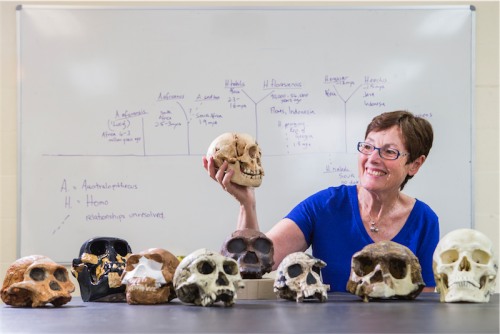A STUDY by The Australian National University has changed the “hobbit” debate after finding bones of Homo floresiensis, a species of tiny human discovered on the Indonesian island of Flores in 2003, to most likely have evolved from an ancestor in Africa and not from Homo erectus as has been widely believed.

The study found Homo floresiensis, dubbed “the hobbits” due to their small stature, were most likely a sister species of Homo habilis, one of the earliest known species of human found in Africa 1.75 million years ago.
Data from the study concluded there was no evidence for the popular theory that Homo floresiensis evolved from the much larger Homo erectus, the only other early hominid known to have lived in the region with fossils discovered on the Indonesian mainland of Java.
Study leader Dr Debbie Argue of the ANU School of Archaeology & Anthropology, says the results should help put to rest a debate that’s been hotly contested ever since Homo floresiensis was discovered.
“The analyses show that on the family tree, Homo floresiensis was likely a sister species of Homo habilis. It means these two shared a common ancestor,” Dr Argue says.
“It’s possible that Homo floresiensis evolved in Africa and migrated, or the common ancestor moved from Africa then evolved into Homo floresiensis somewhere.”
Homo floresiensis is known to have lived on Flores until as recently as 54,000 years ago.
This study used 133 data points ranging across the skull, jaws, teeth, arms, legs and shoulders, whereas previous research focused mostly on the skull and lower jaw.

Who can be trusted?
In a world of spin and confusion, there’s never been a more important time to support independent journalism in Canberra.
If you trust our work online and want to enforce the power of independent voices, I invite you to make a small contribution.
Every dollar of support is invested back into our journalism to help keep citynews.com.au strong and free.
Thank you,
Ian Meikle, editor




Leave a Reply